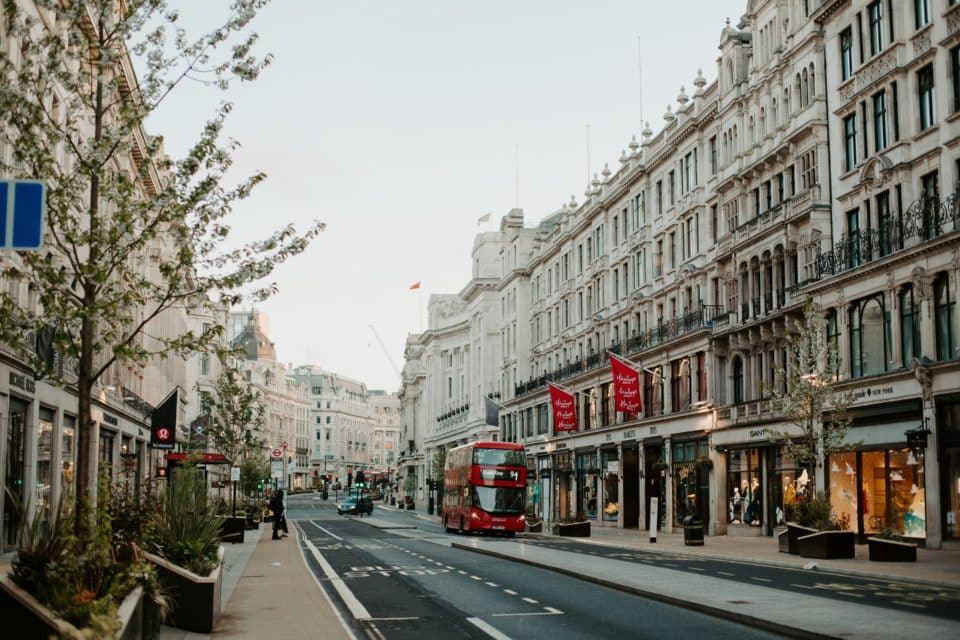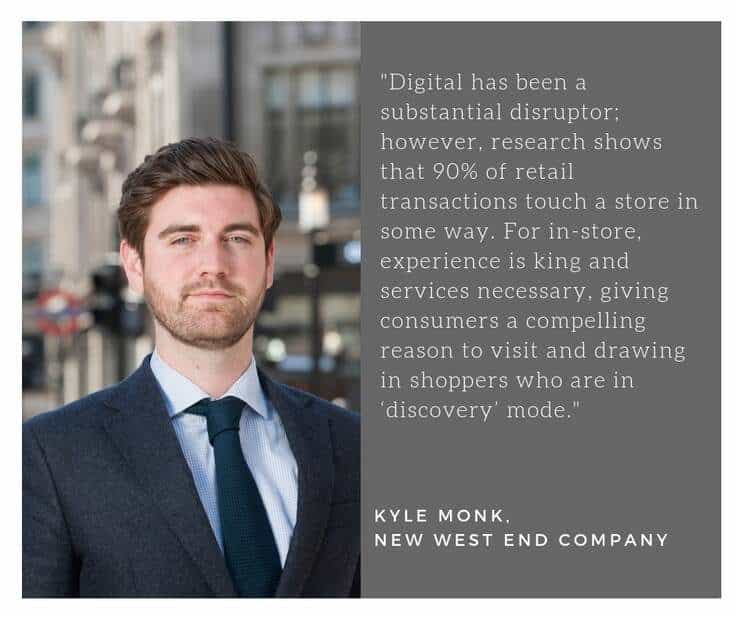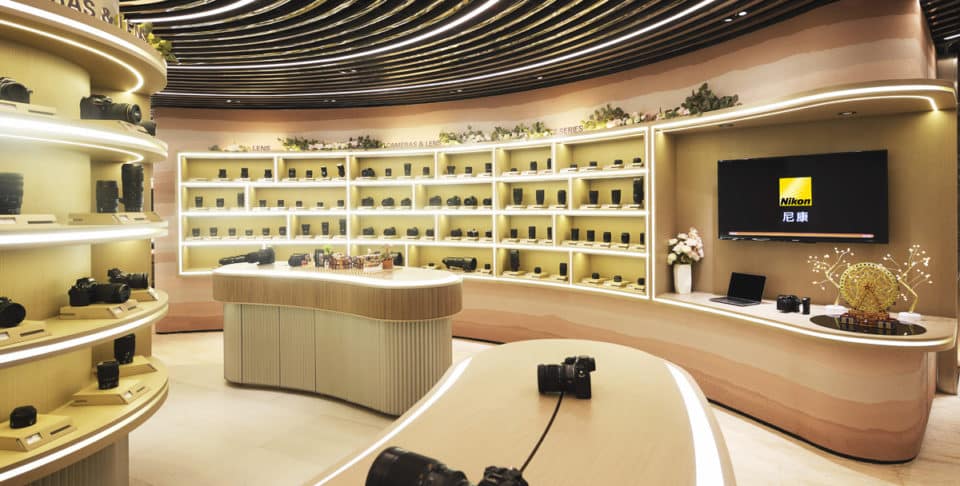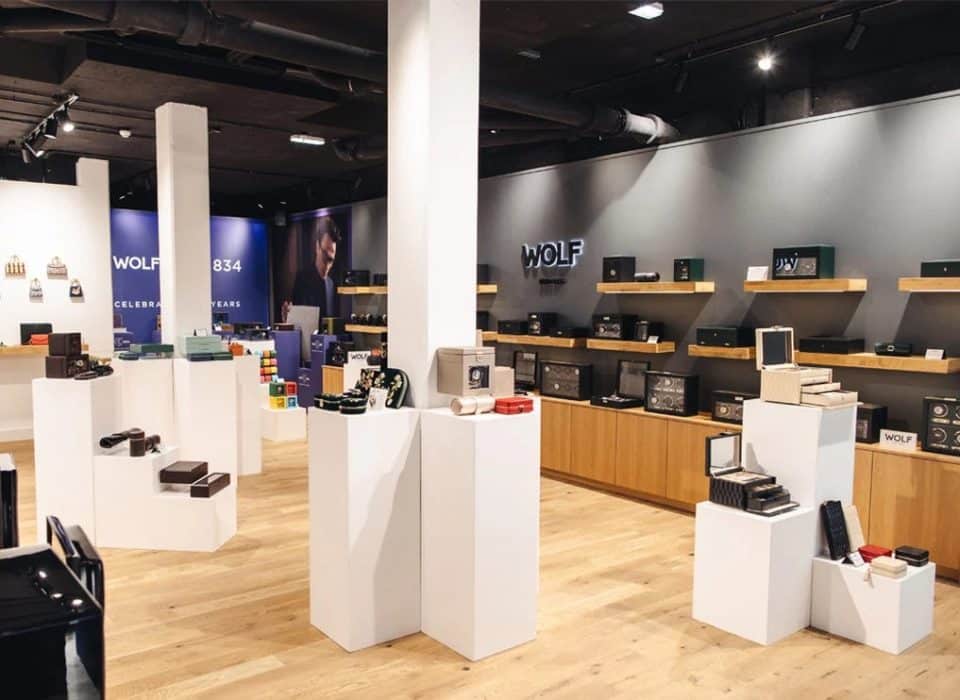How is the New West End Company using teamwork to drive retail forward?

Sometimes it feels like every retailer is taking on the same challenges, but in isolation. A little teamwork can be a powerful thing as the New West End Company knows.
This global partnership works across 74 streets in London’s fabulous West End and hundreds of businesses to help them understand trends to make better decisions. It’s about recognising the collective power of the area as a destination, rather than the individual components.
We spoke to Kyle Monk, Head of Insight, to find out how retail features into the vision for the West End and how it might look a little different in the future:
Could you describe New West End Company in a nutshell?
New West End Company is a global business partnership of 600 retail, restaurant, hotel and property owners in the world’s top shopping and leisure destination. We work across 74 streets, anchored by Bond Street, Oxford Street and Regent Street, representing 150,000 employees.
We work in partnership delivering transformational projects, sustainable place management, destination marketing, advocacy, inward investment and commercial insights.
We are an influential business voice, active in our wider community and a key partner in delivering a new West End.
As head of insight, what does your role entail?
At its heart, we quantify regional performance and consumer experience trends to support our member businesses’ decision making. We do this by forming radical partnerships with companies like PwC, ARUP and others, to aggregate novel data sets that reveal sales, footfall and visitor behaviours.

What sort of vision/strategy are you working towards for the West End?
Our vision is to make London’s West End the world’s first choice for visitors, businesses and investors. We work on behalf of 600 businesses in London’s West End including some of the world’s top retailers on Bond, Oxford and Regent Street. Retail is the biggest driver to the area.
Are there any specific insights that you’re able to share with us around retail?
The shopper mission is changing radically, which has caused a substantial shock to the retail market in 2018, with some brands struggling to adapt, and others seeing substantial returns on investment. Digital has been a substantial disruptor; however, research shows that 90% of retail transactions touch a store in some way. For in-store, experience is king and services necessary, giving consumers a compelling reason to visit and drawing in shoppers who are in ‘discovery’ mode.
Are retailers having to do anything new to attract customers?
They are having to work much harder than they have historically; competition is fierce, innovation and investment is required to remain relevant. Investment in digital is key for a seamless customer experience. Successful store investment is increasingly seen as OPEX cost rather than CAPEX, with stores increasingly being viewed as an activation space to drive brand loyalty and social moments, with services and food & beverage offerings. Most menswear stores offer tailoring and customisation, most stores on Regent Street have an food & beverage offering.
How are you tracking/generating intelligence? What sort of areas are you looking at?
I come from a Business Intelligence background and have spent the last three years building the case for a ‘big data’ solution to destination management. We are working directly with retailers and their acquirer, the company that processes their store transaction, to collect aggregate sales data for each street. This will allow us to run category and network analysis at a West End level, building consumer profiles directly from spend data. We are also working closely with telecoms companies to understand the consumer profile of the West End shopper, how long they spend in the area and where they come from.
How is this data being utilised? Are you sharing it with retailers? How are they making use of it?
We share footfall information with our members as part of their membership and also have a commercial offering for non-members. Our insights have been used to inform investment decisions, both with new entrants and existing businesses, and across property and retail. Our status as a Business Improvement District means our research is trusted as impartial, and in the best interest of our businesses.
Have you had any particular successes of the back of your insights? Eg increasing dwell time, spend, footfall, repeat visits etc?
One example that springs to mind is that economic impact assessment was a crucial to the (recently completed) Bond Street re-development scheme being green lit by local government and businesses, leading to £10m in investment by our stakeholders. Our footfall has been used frequently to support successful pitches to new brands interested in entering the area.
Has anything surprising or unexpected come up during your insights work?
You see some interesting trends from time to time, one month we saw Thai spend sky-rocket on Bond Street, 8000% up year on year, making them the highest spending nationality for the month, ahead of China and the Middle East who usually occupy the top five. After speaking to several retailers, one shared that £3m had been spent by one individual from the country at their store, skewing the numbers.
Have you been able to determine any insights from the retailers who are doing particularly well?
While our data is always aggregated so as not to reveal individual store performance, we hold ‘Chattam house rules’ meetings with our key retailers on a regular basis, and they will feed back on specific campaigns and activations. Selfridges are going strength to strength, having invested £300m in their store over the last five years. John Lewis have had great success with their roof garden, which was transformed into an ice-rink over the festive period.
Do you have any thoughts on the future of retail space?
We are increasingly seeing that mixed use developments are seeing the greatest success, with bigger units being broken up into smaller ones, with more flexible planning regulations. BHS on Oxford Street is a prime example, while that unit failed, Swingers (a mini-golf and F&B concept), Market Place (Food Hall) and Reserved (UK first retail entry) have taken up residence there.
Paris has three times the number of retail units as London, however their average size is a third of London’s. As cost pressures such as business rates increase, I see London moving towards this model. It is crucial that landlords, local government and occupying businesses work together to ensure the high street’s survival. The West End is a good case study for this kind of collaboration.
What are the biggest differences that you can see in how we might use physical space in the future?
Consumer demands are changing, ethical considerations around supply chains are increasingly important, as are brand message. We have moved into an era of ‘high low’ shopping, potentially driven by the uncertain economic climate. Shoppers will buy the occasional high-ticket price, aspirational or statement item, a jacket, expensive cosmetics or fragrances, a nice bag, but get their essentials from brands with a strong value proposition like Zara or Primark, to the detriment of mid-market brands.
Millennials in particular are moving away from high volume, fast fashion, and looking more towards experiences and messaging that resonates with their beliefs, brands like Gillette and Nike have used this to great effect. Stores are becoming increasingly efficient with their space usage, retail by day, event space by night, and possibly a coffee shop throughout – the trick is identifying activations and events that resonate with these changing demands.
Looking for innovation inspiration? Here’s nine of the best innovators you need to know about – plus an extra bonus. Want all of our best insights? Book your future of retail presentation today and we’ll tell you everything you need to know to get ahead.



